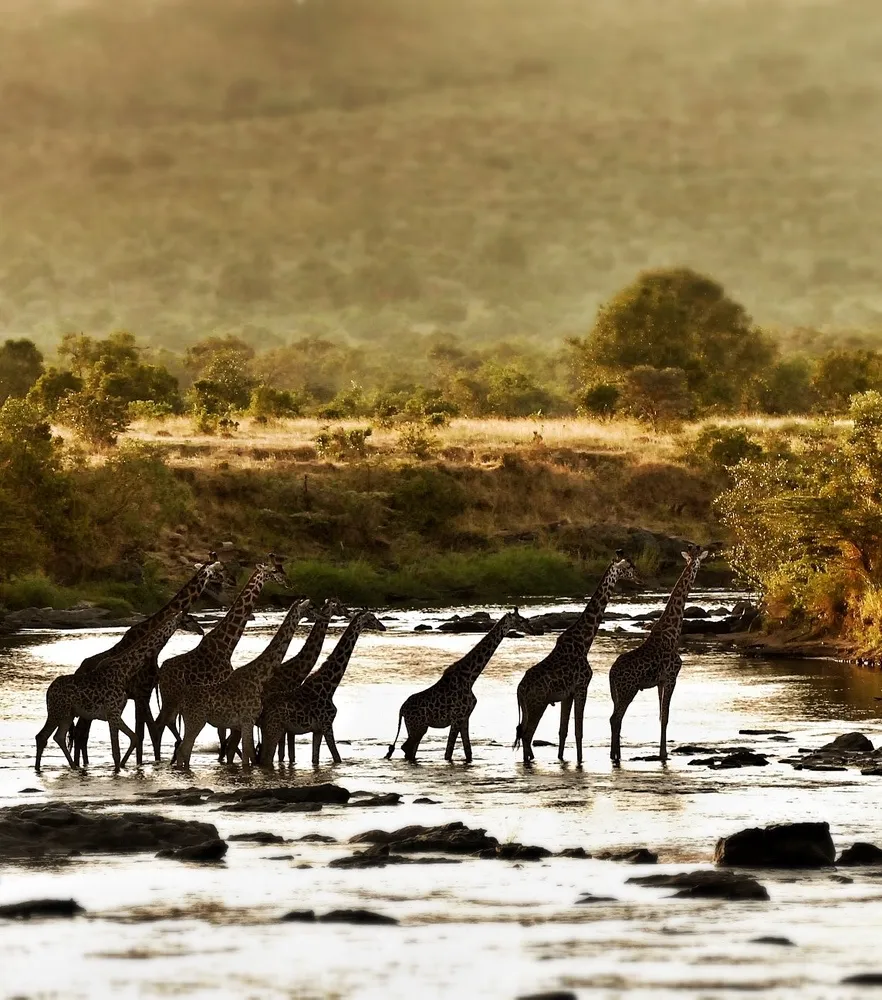
When to visit Morocco

The gateway to Africa

Morocco is a fantastic destination to visit year-round. However, between the diverse landscape of the High Atlas Mountains that divide the country, the Sahara Desert reaching out to the coast and the Atlantic Ocean, planning the best time to go is very much dependent on your planned activities and where you’re headed.


January to March
These are Morocco’s winter months, with daytime temperatures ranging between 15°C and 25°C in Marrakech. It tends to be a little more humid with the possibility of some rain, although nothing by UK standards! Comparatively, temperatures in the High Atlas are bitterly cold. This is often a great time to visit the Sahara Desert, as daytime temperatures are much more bearable, but do pack warm clothes for the nights. Traveling in these months is generally quieter and can be quite cost-effective as you benefit from the low season prices.
April to June
Tourists have caught wind of the blissful conditions and gradually make their way over for the Easter holidays. A prime time to visit, with daytime temperatures averaging 28°C. Accommodation costs tend to be a little higher, often with many venues imposing a minimum night stay. The coastal regions will offer a cool breeze amidst the heat, and are popular destinations for windsurfing, kitesurfing, and beginner surfers. Temperatures in the High Atlas range between 17°C-21°C, with bright sunshine and clear blue skies, which make for excellent hiking conditions if you don’t mind the heat.

July & August
These months are the hottest months, with daytime averages ranging from 29°C to 36°C, getting hotter as we head into August. You’ll be relieved to know that the Riads are designed to beat the heat, with their thick walls and open courtyards. We recommend heading to the coast during this time, or at the very least ensuring you stay somewhere with a pool, but book in advance to avoid disappointment! The Atlas Mountains won’t be quite as hot due to the altitude. The Chergui Desert Wind is strongest at this time and can blow about a dusty wind, so don’t forget your eyewear.
September & October
Summer turns to fall and temperatures drop just slightly down to 28°C, getting cooler towards the end of October. Sightseeing in Marrakech is somewhat manageable again, and coastal towns and mountain villages are still popular, although the extreme heat of the Sahara Desert is still too much to endure in September. However, travellers return to the Sahara come October, with many enjoying the ‘Date Festival’, an annual event marking the end of the date harvest season. Evenings can be cooler, so don’t forget some warmer layers.
November & December
These months are a popular time to visit as temperatures drop to a far more manageable level. Although you could still experience highs of 27°C, averages are more likely to range between 18-23°C. However, if you are looking for a winter getaway and a bit of warm weather you may be better further inland as the coast can drop as low as 13°C. The best advice for visiting at this time of year is to go prepared, and pack for all occasions! Up in the mountains, you’ll find most venues have cosy fireplaces to keep you warm in the evenings but generally aren’t heated!
Start planning your tailor-made holiday
Speak to one of our travel specialists




%20copy.svg)


.svg)



.svg)




































%20copy%203.svg)